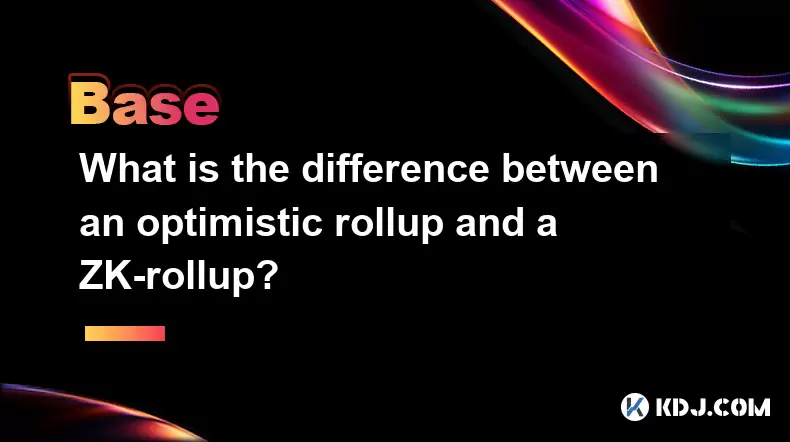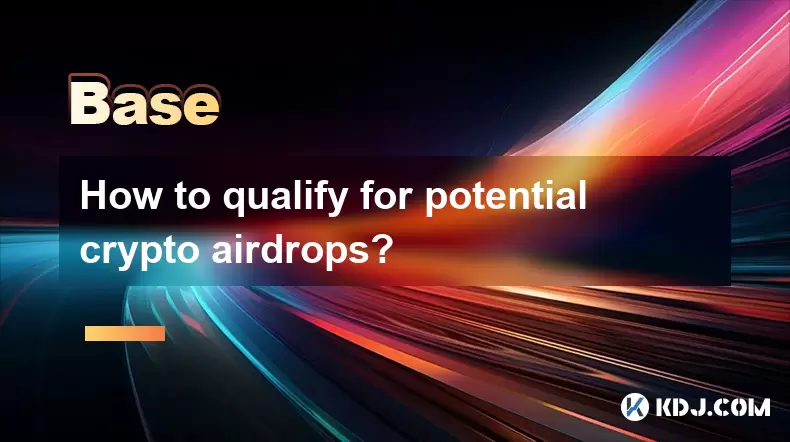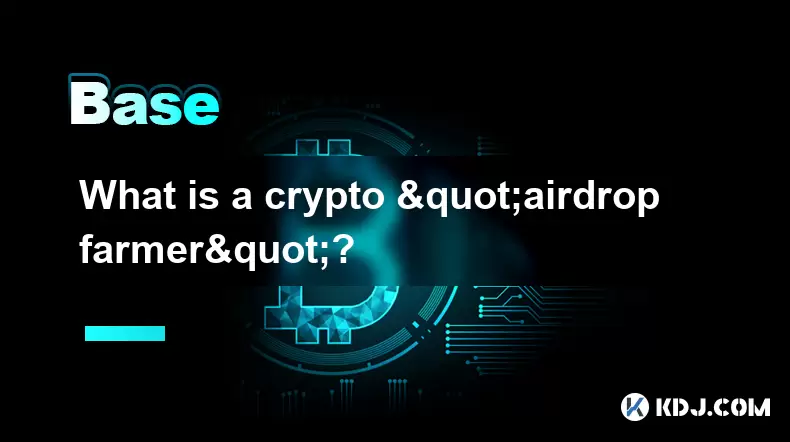-
 Bitcoin
Bitcoin $115100
-2.99% -
 Ethereum
Ethereum $3642
-1.38% -
 XRP
XRP $3.027
-5.51% -
 Tether USDt
Tether USDt $1.000
-0.05% -
 BNB
BNB $763.4
-1.32% -
 Solana
Solana $177.2
-5.42% -
 USDC
USDC $0.9999
-0.02% -
 Dogecoin
Dogecoin $0.2247
-6.47% -
 TRON
TRON $0.3135
0.23% -
 Cardano
Cardano $0.7824
-4.46% -
 Hyperliquid
Hyperliquid $42.53
-0.97% -
 Stellar
Stellar $0.4096
-6.09% -
 Sui
Sui $3.662
-2.61% -
 Chainlink
Chainlink $17.63
-3.57% -
 Bitcoin Cash
Bitcoin Cash $536.3
2.94% -
 Hedera
Hedera $0.2450
0.34% -
 Avalanche
Avalanche $23.23
-3.15% -
 Litecoin
Litecoin $112.2
-1.23% -
 UNUS SED LEO
UNUS SED LEO $8.976
-0.30% -
 Shiba Inu
Shiba Inu $0.00001341
-2.72% -
 Toncoin
Toncoin $3.101
-2.44% -
 Ethena USDe
Ethena USDe $1.001
-0.05% -
 Uniswap
Uniswap $10.08
-1.97% -
 Polkadot
Polkadot $3.938
-2.77% -
 Monero
Monero $323.9
0.87% -
 Dai
Dai $0.9999
-0.02% -
 Bitget Token
Bitget Token $4.481
-1.69% -
 Pepe
Pepe $0.00001199
-5.94% -
 Aave
Aave $288.2
-0.68% -
 Cronos
Cronos $0.1279
0.36%
What is the difference between an optimistic rollup and a ZK-rollup?
Layer 2 solutions like optimistic and ZK-rollups boost blockchain scalability, with ZK-rollups offering faster withdrawals and stronger security, while optimistic rollups provide better smart contract compatibility and broader DeFi adoption.
Jul 21, 2025 at 09:15 pm

Understanding Layer 2 Scaling Solutions
In the world of blockchain and cryptocurrencies, Layer 2 scaling solutions have emerged as a promising way to enhance transaction throughput and reduce fees on existing Layer 1 blockchains like Ethereum. These solutions operate on top of the primary blockchain and aim to alleviate congestion while maintaining the security of the underlying network. Among the most discussed Layer 2 technologies are optimistic rollups and ZK-rollups, both of which bundle multiple transactions off-chain before submitting them to the mainnet. However, their mechanisms and trade-offs differ significantly.
How Optimistic Rollups Work
An optimistic rollup assumes that all transactions are valid by default, hence the name "optimistic." It batches transactions off-chain and submits a summary to the main chain. The system allows for a challenge period, during which anyone can dispute the validity of a batch by providing a fraud proof. If the proof is valid, the batch is rolled back, and the malicious actor is penalized.
This approach allows for faster transaction processing and lower gas fees, making it attractive for decentralized applications (dApps) that require high throughput. However, the dispute period introduces a delay in finality, meaning users may have to wait up to a week before they can withdraw funds back to the mainnet. This delay is a notable drawback for some use cases.
The Mechanics of ZK-Rollups
Unlike optimistic rollups, ZK-rollups (short for Zero-Knowledge rollups) rely on cryptographic proofs to ensure transaction validity. When a batch of transactions is submitted, a zero-knowledge succinct non-interactive argument of knowledge (zk-SNARK) is generated and verified on-chain. This proof confirms that all transactions in the batch are valid without revealing any sensitive data.
Because the validity of transactions is mathematically proven, there is no need for a challenge period. This results in instant finality and faster withdrawals, which is a major advantage over optimistic rollups. However, generating zk-SNARKs requires significant computational power, making the initial setup more complex and resource-intensive.
Comparing Security Models
Both optimistic and ZK-rollups inherit the security of the underlying Layer 1 blockchain. However, their security models differ due to their verification mechanisms.
In the case of optimistic rollups, security relies on economic incentives and game theory. As long as at least one honest validator exists to submit fraud proofs during the challenge period, invalid transactions can be caught and corrected. This model assumes a sufficiently decentralized and active validator set.
On the other hand, ZK-rollups derive their security from mathematical guarantees. Once a zk-SNARK is verified on-chain, it is computationally infeasible for an invalid transaction to be accepted. This eliminates the need for a trust assumption among validators, making ZK-rollups more robust in environments where validator participation may be limited or compromised.
Performance and Use Case Considerations
When evaluating transaction throughput, both rollup types significantly outperform Layer 1 solutions. However, ZK-rollups generally offer better performance because they do not require waiting for a challenge period.
In terms of developer experience and smart contract support, optimistic rollups have an edge. They are EVM-compatible, meaning developers can deploy Ethereum-based smart contracts with minimal modifications. This makes them a popular choice for decentralized finance (DeFi) platforms and other complex applications.
ZK-rollups, while more performant, face greater complexity in supporting general-purpose smart contracts. This is due to the difficulty of generating zk-SNARKs for arbitrary computations. Some projects are working on zkEVMs to bridge this gap, but widespread adoption is still in progress.
Trade-offs and Ecosystem Maturity
The ecosystem maturity of each rollup type also plays a role in adoption. Optimistic rollups have been implemented in major projects like Optimism and Arbitrum, which host a wide array of DeFi protocols and dApps. Their early mover advantage has allowed them to accumulate a significant user base and liquidity.
ZK-rollups, while promising, are still in a relatively early stage of adoption. Projects like zkSync and StarkNet are actively developing their ecosystems, but they lag behind in terms of application diversity and user numbers. The technical complexity of zk-SNARKs has slowed down their deployment and integration with existing tools and frameworks.
Use Cases and Application Suitability
Choosing between optimistic rollups and ZK-rollups often depends on the specific use case and requirements.
For applications that prioritize fast deployment and compatibility with existing Ethereum infrastructure, optimistic rollups may be the preferred choice. They are well-suited for DeFi platforms, NFT marketplaces, and dApps that rely heavily on smart contract interactions.
Conversely, ZK-rollups are ideal for scenarios where immediate finality and high throughput are critical. Examples include payment systems, gaming platforms, and microtransaction networks, where delays or high fees can negatively impact user experience.
Frequently Asked Questions
What is a fraud proof in optimistic rollups?
A fraud proof is a mechanism that allows validators to challenge the validity of a transaction batch. If proven incorrect, the batch is reverted, and the malicious actor is penalized.
Can ZK-rollups be used for complex smart contracts?
While ZK-rollups are traditionally limited in smart contract support, projects are developing zkEVMs to enable compatibility with Ethereum-style smart contracts.
Is there a difference in decentralization between the two rollup types?
Optimistic rollups depend on a decentralized validator network to submit fraud proofs, whereas ZK-rollups rely on cryptographic proofs, reducing the need for trust in validators.
Which rollup type has lower transaction fees?
ZK-rollups generally offer lower fees due to their efficient verification process and lack of a challenge period. However, the cost of generating zk-SNARKs can offset some savings.
Disclaimer:info@kdj.com
The information provided is not trading advice. kdj.com does not assume any responsibility for any investments made based on the information provided in this article. Cryptocurrencies are highly volatile and it is highly recommended that you invest with caution after thorough research!
If you believe that the content used on this website infringes your copyright, please contact us immediately (info@kdj.com) and we will delete it promptly.
- Kiyosaki's Crypto Playbook: Ditching Paper for Real Assets Like Bitcoin
- 2025-07-25 22:30:11
- Satoshi-Era Whales Stir the Bitcoin Pot: What's the Deal?
- 2025-07-25 22:30:12
- Pi Coin Value in Indian Rupees (INR) 2024: Decoding the Hype
- 2025-07-25 21:45:50
- Crypto Investing: Top Picks and Meme Coin Mania in '25
- 2025-07-25 21:52:07
- Ark Invest's Portfolio Rebalance: Coinbase, Block, and the Crypto Shift
- 2025-07-25 21:52:07
- Bitcoin's Wild Ride: Sell-offs, Volatility, and What's Next
- 2025-07-25 21:55:18
Related knowledge

What is the difference between CeFi and DeFi?
Jul 22,2025 at 12:28am
Understanding CeFi and DeFiIn the world of cryptocurrency, CeFi (Centralized Finance) and DeFi (Decentralized Finance) represent two distinct financia...

How to qualify for potential crypto airdrops?
Jul 23,2025 at 06:49am
Understanding What Crypto Airdrops AreCrypto airdrops refer to the distribution of free tokens or coins to a large number of wallet addresses, often u...

What is a crypto "airdrop farmer"?
Jul 24,2025 at 10:22pm
Understanding the Role of a Crypto 'Airdrop Farmer'A crypto 'airdrop farmer' refers to an individual who actively participates in cryptocurrency airdr...

What is the difference between a sidechain and a Layer 2?
Jul 20,2025 at 11:35pm
Understanding the Concept of SidechainsA sidechain is a separate blockchain that runs parallel to the main blockchain, typically the mainnet of a cryp...

What is the Inter-Blockchain Communication Protocol (IBC)?
Jul 19,2025 at 10:43am
Understanding the Inter-Blockchain Communication Protocol (IBC)The Inter-Blockchain Communication Protocol (IBC) is a cross-chain communication protoc...

How does sharding improve scalability?
Jul 20,2025 at 01:21am
Understanding Sharding in BlockchainSharding is a database partitioning technique that is increasingly being adopted in blockchain technology to enhan...

What is the difference between CeFi and DeFi?
Jul 22,2025 at 12:28am
Understanding CeFi and DeFiIn the world of cryptocurrency, CeFi (Centralized Finance) and DeFi (Decentralized Finance) represent two distinct financia...

How to qualify for potential crypto airdrops?
Jul 23,2025 at 06:49am
Understanding What Crypto Airdrops AreCrypto airdrops refer to the distribution of free tokens or coins to a large number of wallet addresses, often u...

What is a crypto "airdrop farmer"?
Jul 24,2025 at 10:22pm
Understanding the Role of a Crypto 'Airdrop Farmer'A crypto 'airdrop farmer' refers to an individual who actively participates in cryptocurrency airdr...

What is the difference between a sidechain and a Layer 2?
Jul 20,2025 at 11:35pm
Understanding the Concept of SidechainsA sidechain is a separate blockchain that runs parallel to the main blockchain, typically the mainnet of a cryp...

What is the Inter-Blockchain Communication Protocol (IBC)?
Jul 19,2025 at 10:43am
Understanding the Inter-Blockchain Communication Protocol (IBC)The Inter-Blockchain Communication Protocol (IBC) is a cross-chain communication protoc...

How does sharding improve scalability?
Jul 20,2025 at 01:21am
Understanding Sharding in BlockchainSharding is a database partitioning technique that is increasingly being adopted in blockchain technology to enhan...
See all articles

























































































